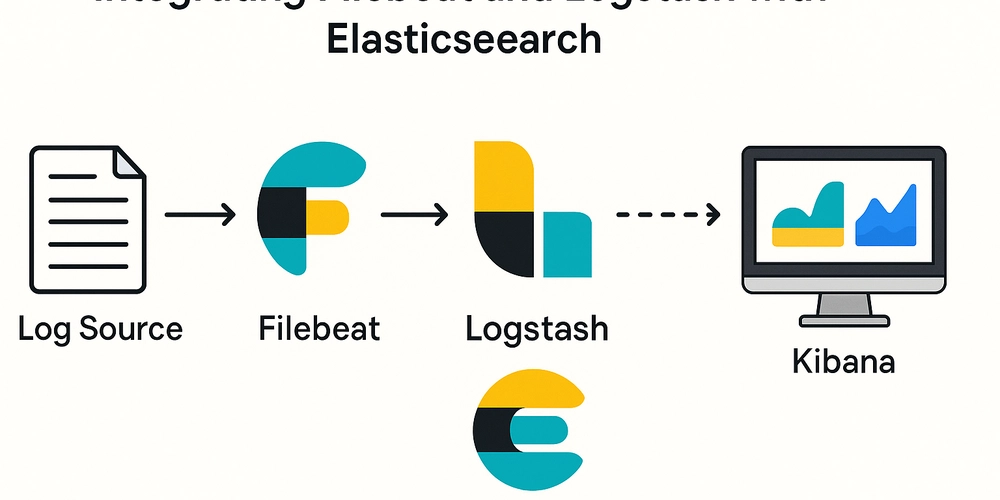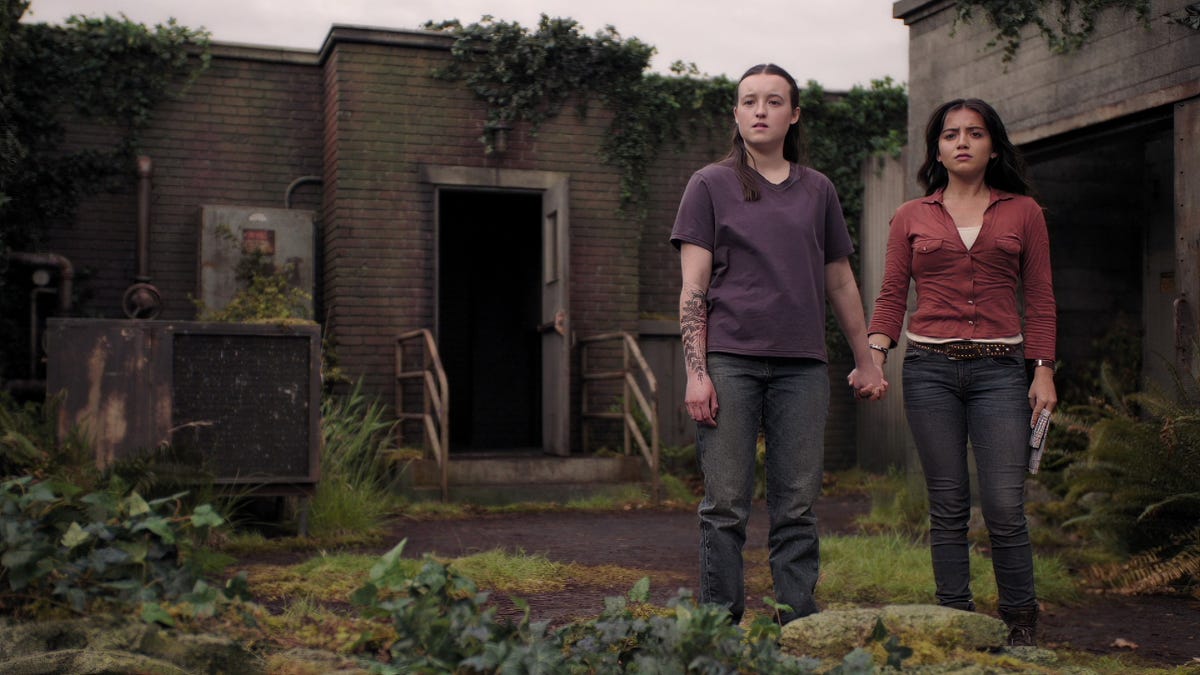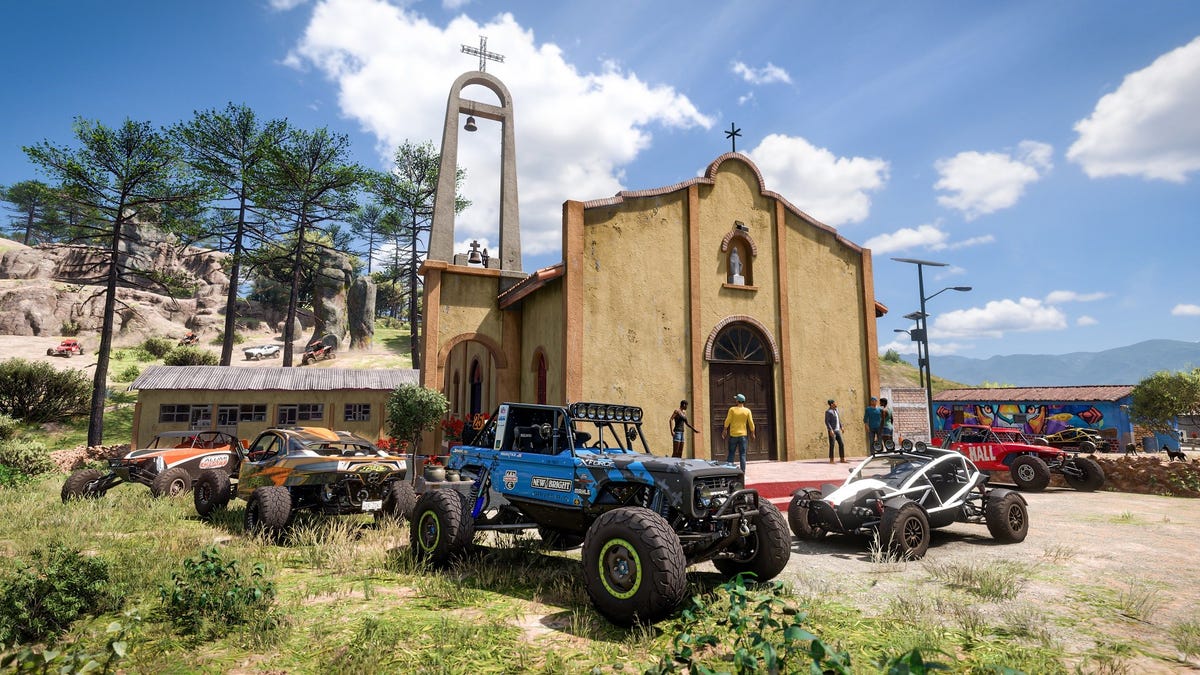Waymo says it will add 2,000 more robotaxis in 2026
Waymo said it recently received its last delivery of Jaguar I-Pace SUVs, which will be retrofitted with sensors and autonomous driving technology at its factory in Arizona, before joining its robotaxi fleet. In a blog post published today, the Alphabet company said it currently has 1,500 Jaguars operating across its four main markets: San Francisco, […]


Waymo said it recently received its last delivery of Jaguar I-Pace SUVs, which will be retrofitted with sensors and autonomous driving technology at its factory in Arizona, before joining its robotaxi fleet.
In a blog post published today, the Alphabet company said it currently has 1,500 Jaguars operating across its four main markets: San Francisco, Los Angeles, Phoenix, and Austin. And it plans on adding 2,000 more in 2026, for a total fleet size of 3,500. The company recently hit an average of 250,000 paid passenger trips per week.

Waymo typically doesn’t like to comment on the size of its fleet, so today’s announcement provides a rare glimpse into the number of robotaxis the company currently has in operation. Waymo’s plans to scale up comes as the company eyes Atlanta, Miami, and Washington, DC for launch in 2026.
The Jaguar I-Pace has been the company’s primary vehicle since Waymo retired its fleet of Chrysler Pacifica minivans in 2023. The company had once projected it would have 20,000 I-Paces operating as robotaxis, but appears to have fallen significantly short of that goal. Waymo is also currently testing and validating two new models, the Hyundai Ioniq 5 and the all-electric Zeekr RT minivan, but has yet to say when they will join the fleet.
Waymo assembles its robotaxis with the help of auto engineering company Magna International at a 239,000 square-foot factory in Mesa, Arizona. The company’s final batch of Jaguar I-Paces will be assembled there, which should carry Waymo through to next year. And starting in 2026, Waymo will begin work on its sixth generation “Waymo Driver,” which will launch in the Zeekr RT. Zeekr is a subsidiary of Geely, which is one of China’s largest automakers.

The new robotaxi is being designed in Sweden (where Geely owns Swedish carmaker Volvo), adapted from Geely’s all-electric five-door Zeekr. Waymo is then importing the vehicles to Arizona, where they will be outfitted with the hardware and software necessary for autonomous driving. The first test vehicles began arriving in the US last year.
In order to adapt to multiple vehicle platforms, Waymo says its Mesa factory will add automated assembly lines and “other efficiencies” over time. And when it’s operating at full capacity, the company expects it will be able to churn out “tens of thousands” of robotaxis each year. Waymo added new processes at the end of the assembly line for passenger validation and commission to ensure each vehicle is ready to accept riders as soon as it leaves the factory. Each vehicle drives itself into service after leaving the factory, where it is ready for passenger pickups within 30 minutes, according to Waymo spokesperson Chris Bonelli.
Waymo’s interest in publicizing its plans to grow its fleet size comes as Tesla plans to launch its own robotaxi service in Texas and California later this year. And it aligns with the Alphabet company’s recent announcement of a partnership with Toyota to explore the possibilities of selling autonomous vehicles to customers for personal ownership.




















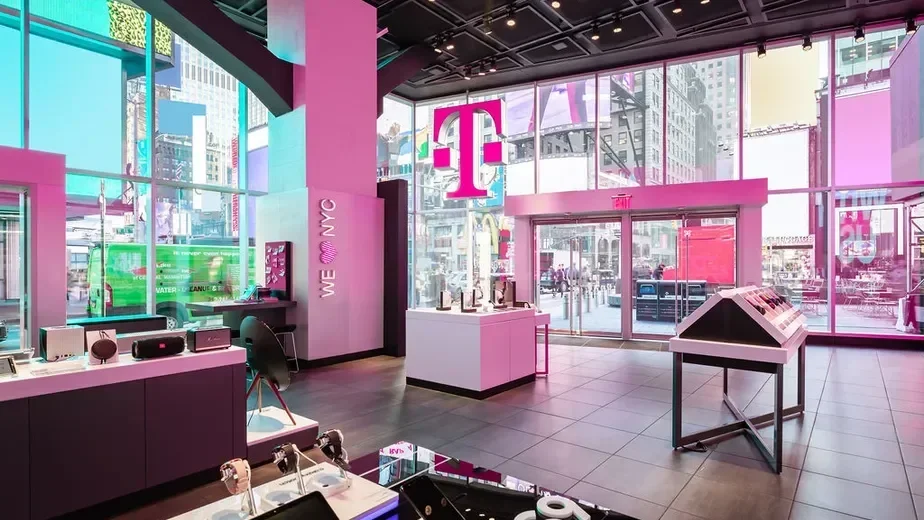
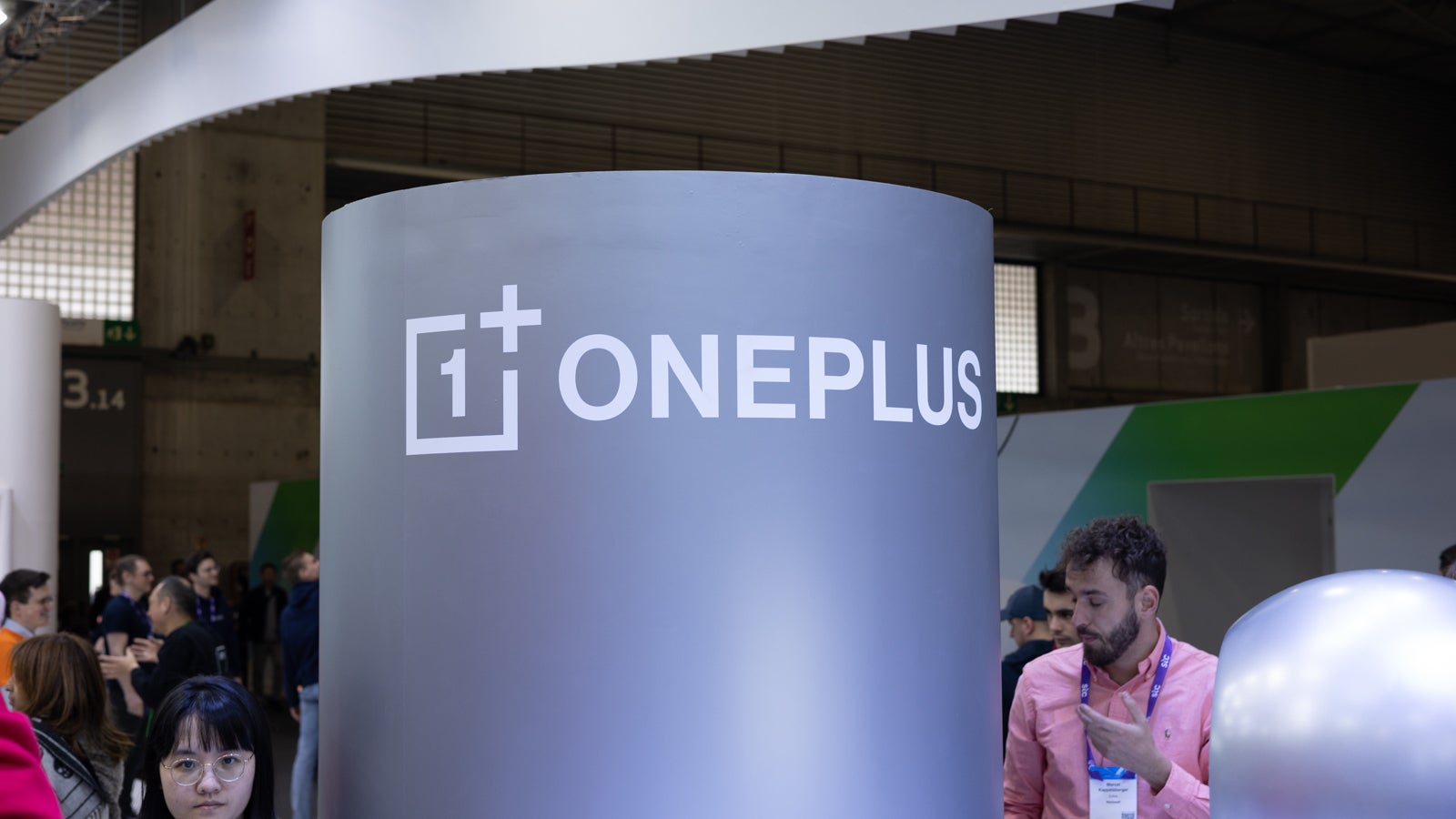


































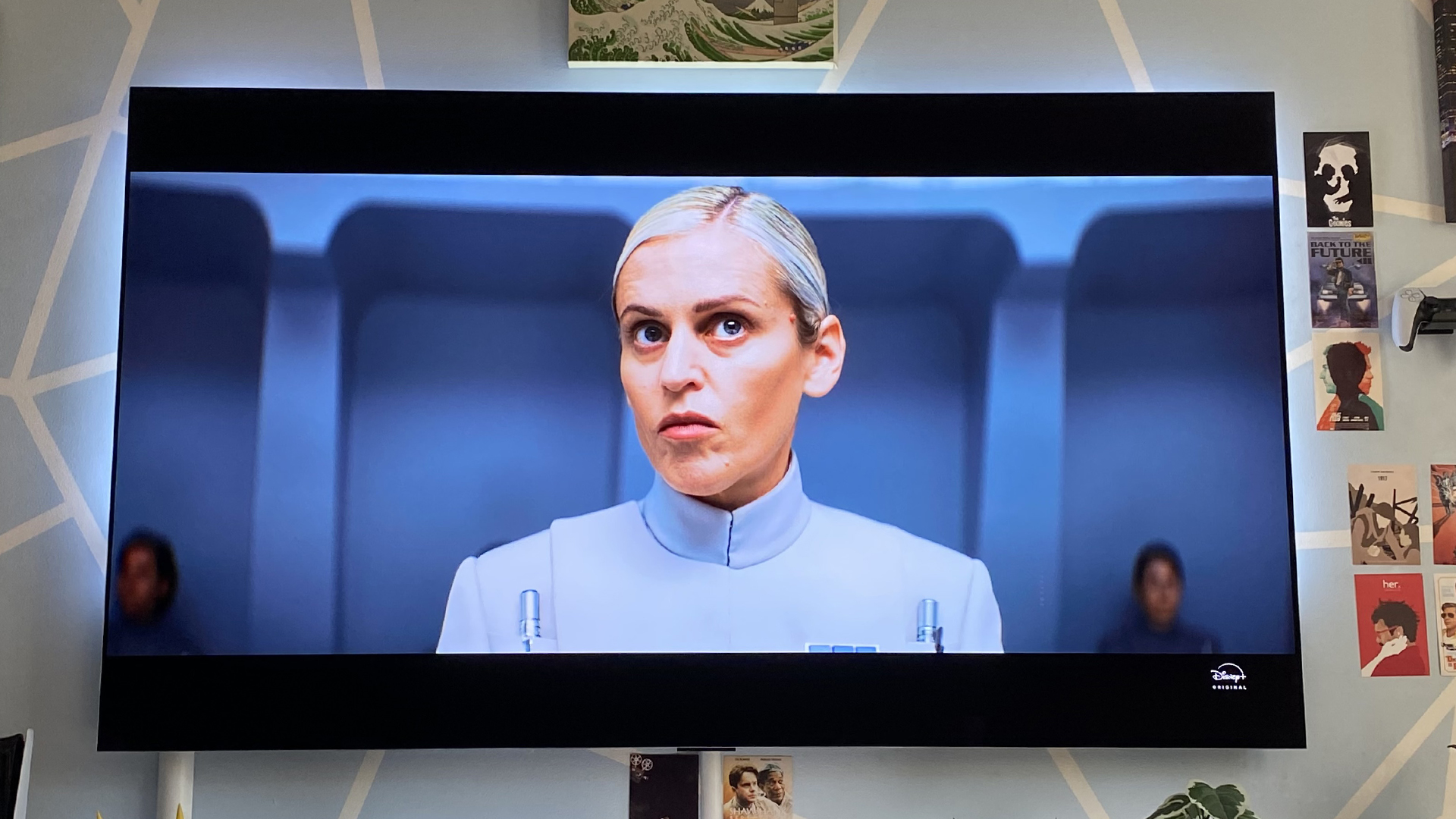



















![New Powerbeats Pro 2 Wireless Earbuds On Sale for $199.95 [Lowest Price Ever]](https://www.iclarified.com/images/news/97217/97217/97217-640.jpg)
![Under-Display Face ID Coming to iPhone 18 Pro and Pro Max [Rumor]](https://www.iclarified.com/images/news/97215/97215/97215-640.jpg)

![Alleged iPhone 17-19 Roadmap Leaked: Foldables and Spring Launches Ahead [Kuo]](https://www.iclarified.com/images/news/97214/97214/97214-640.jpg)


















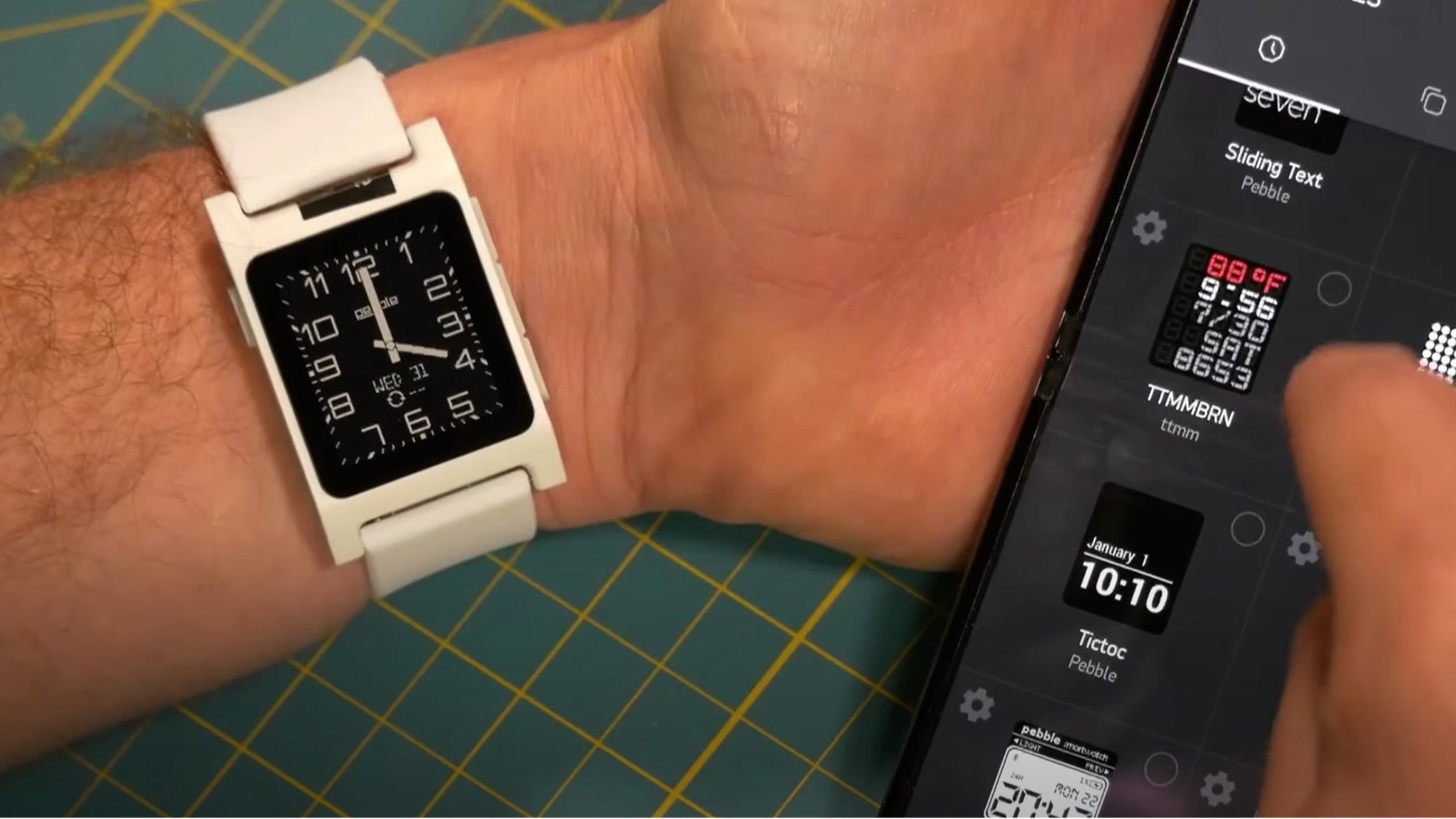
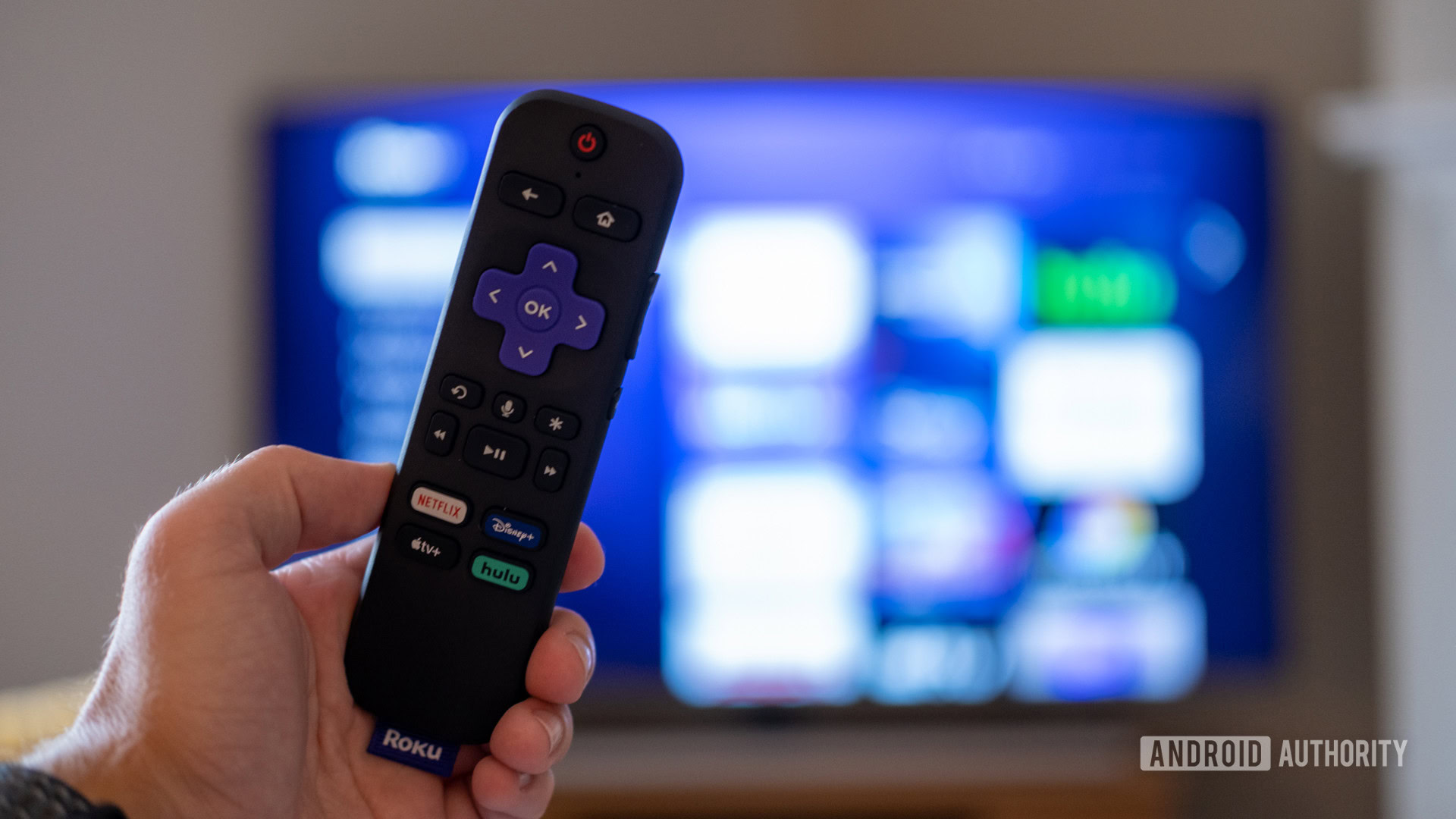


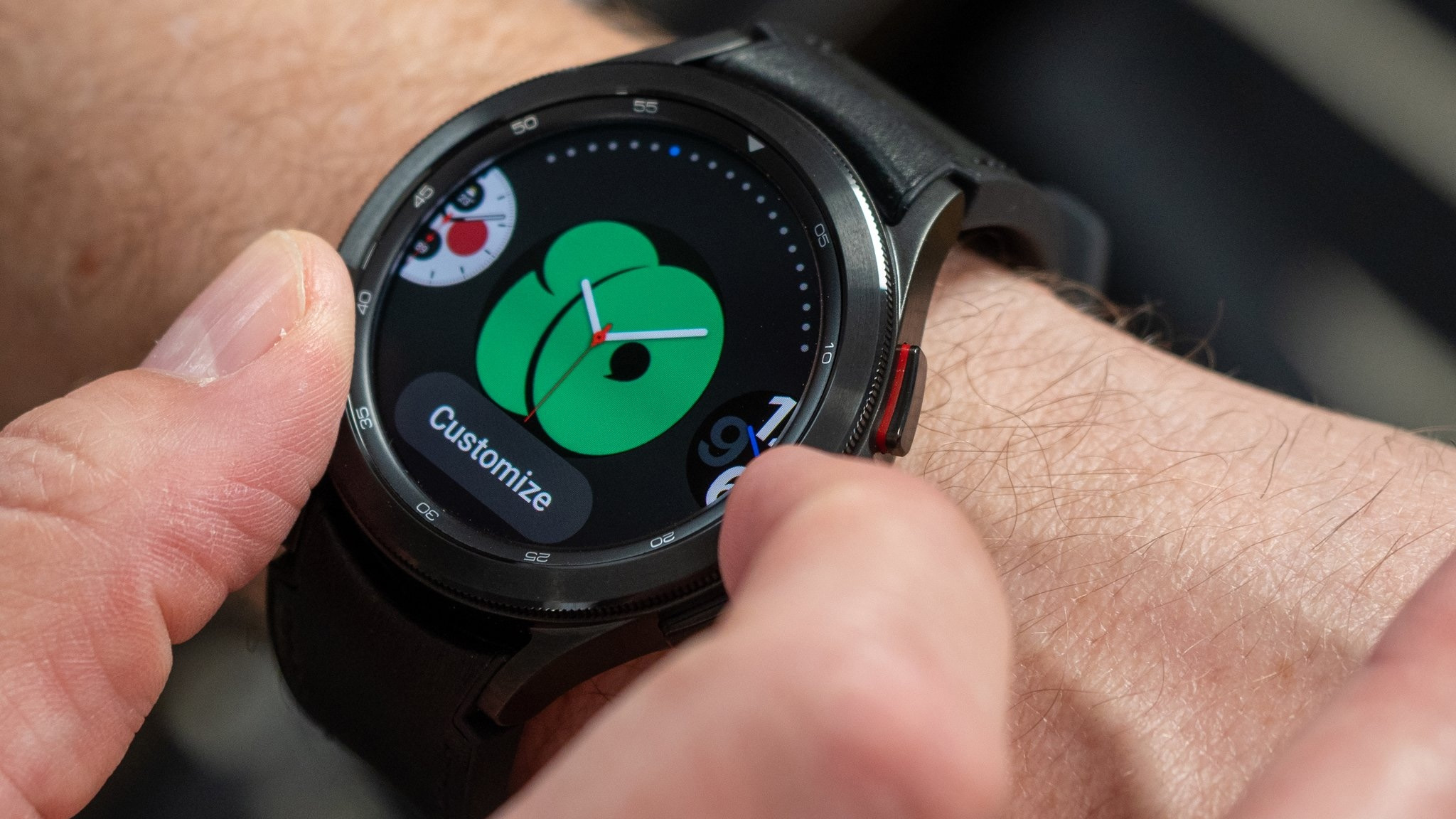


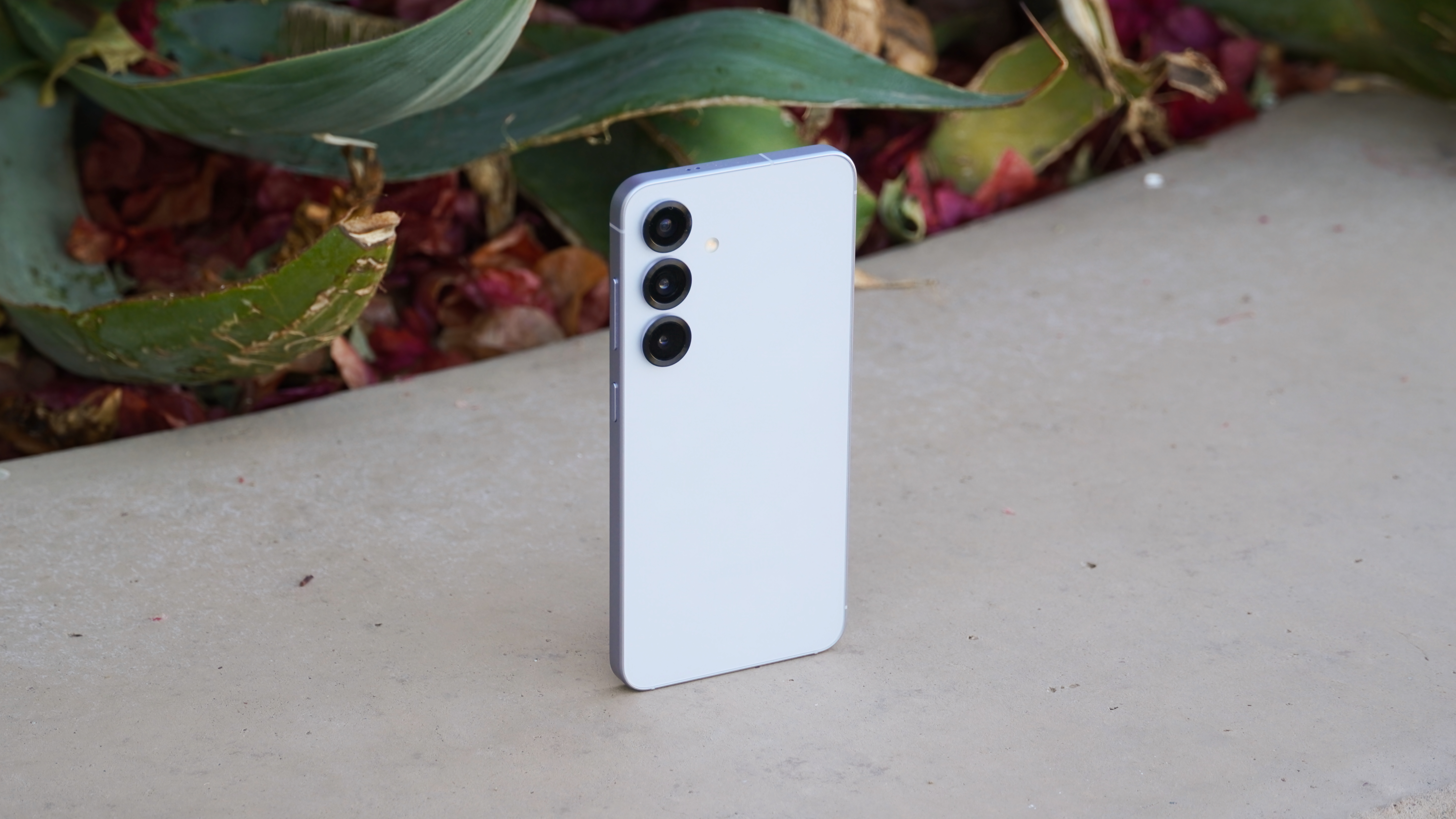






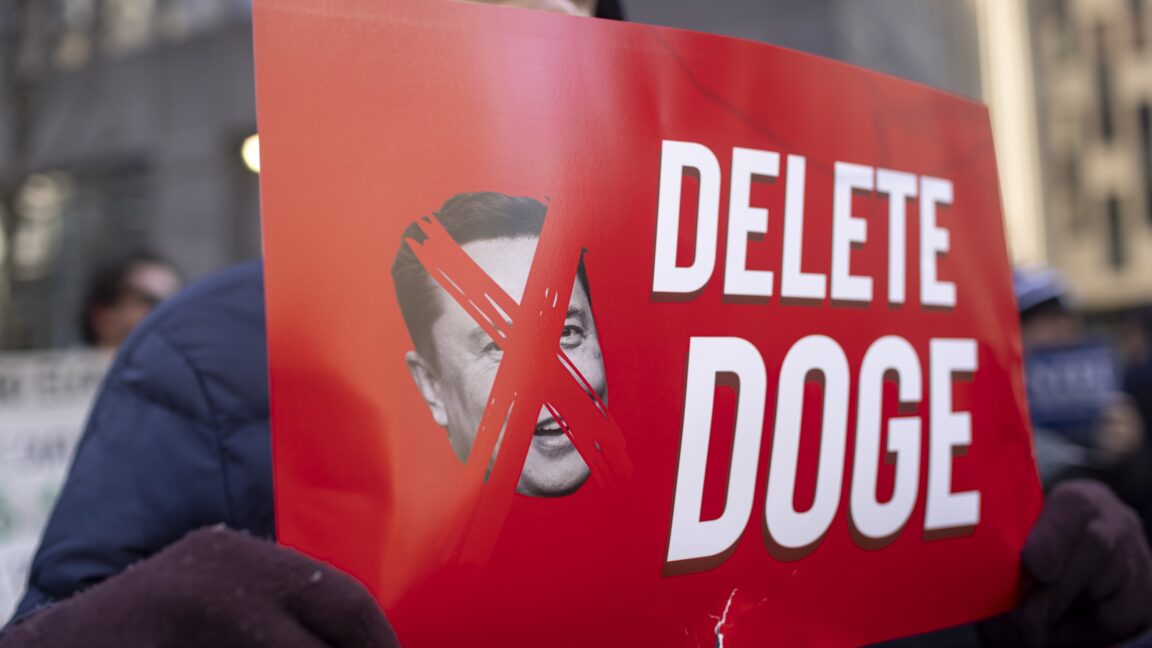
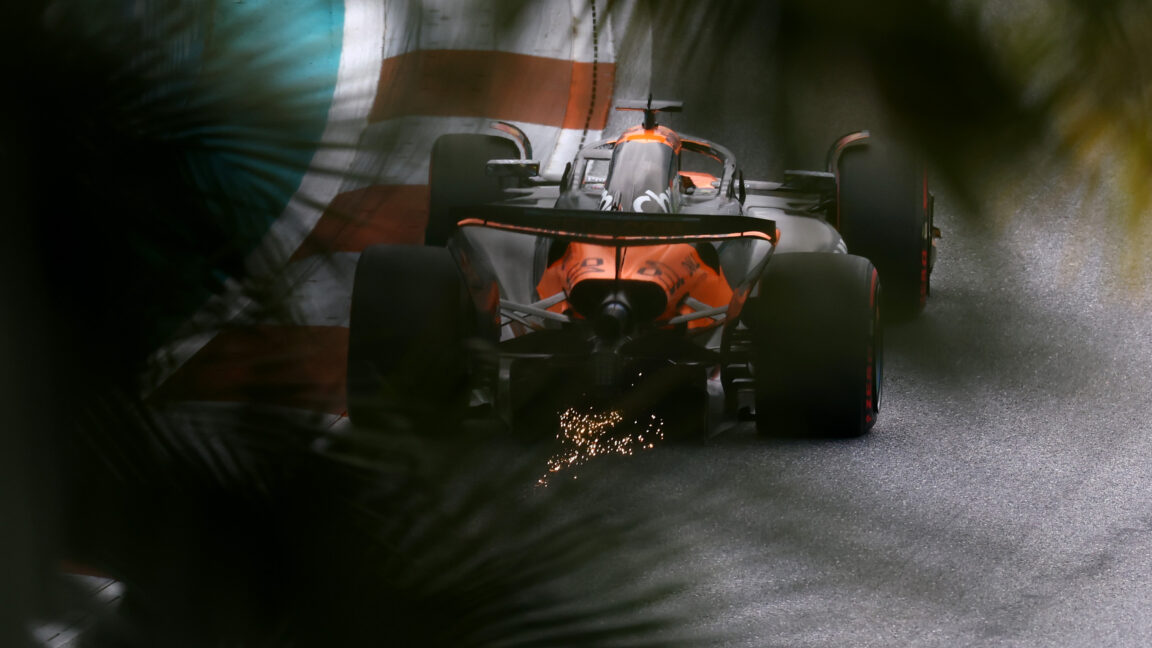



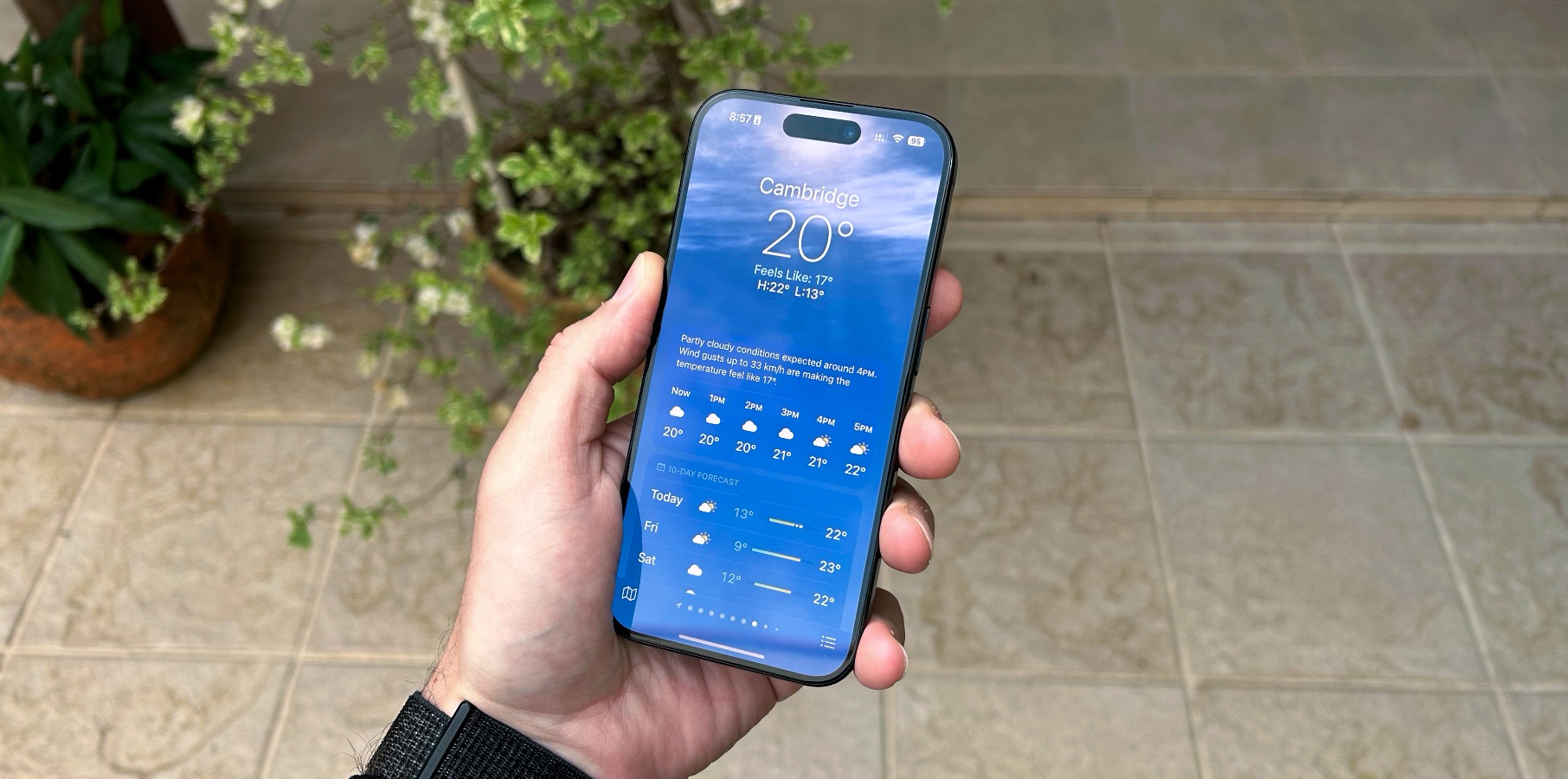
































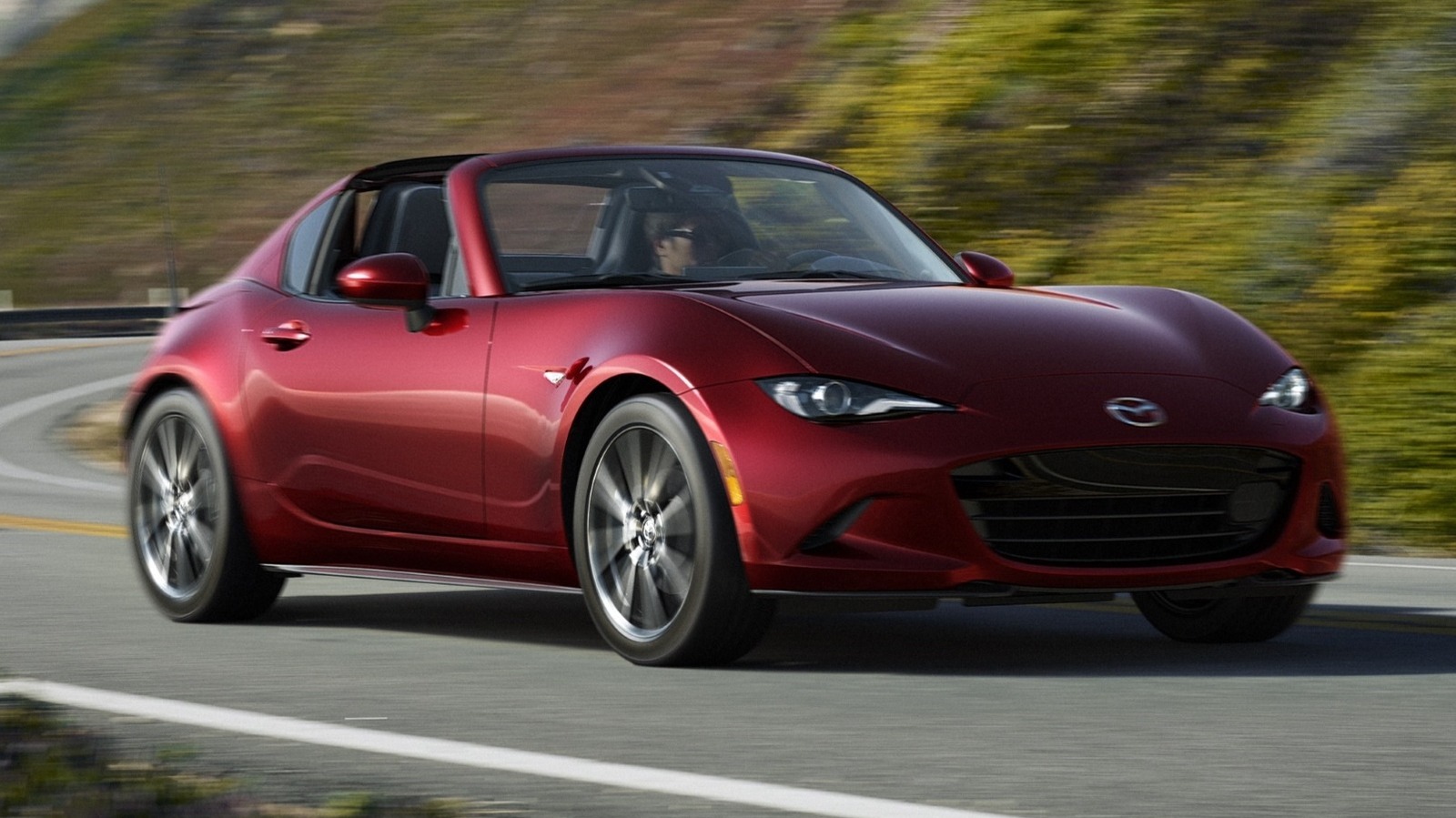
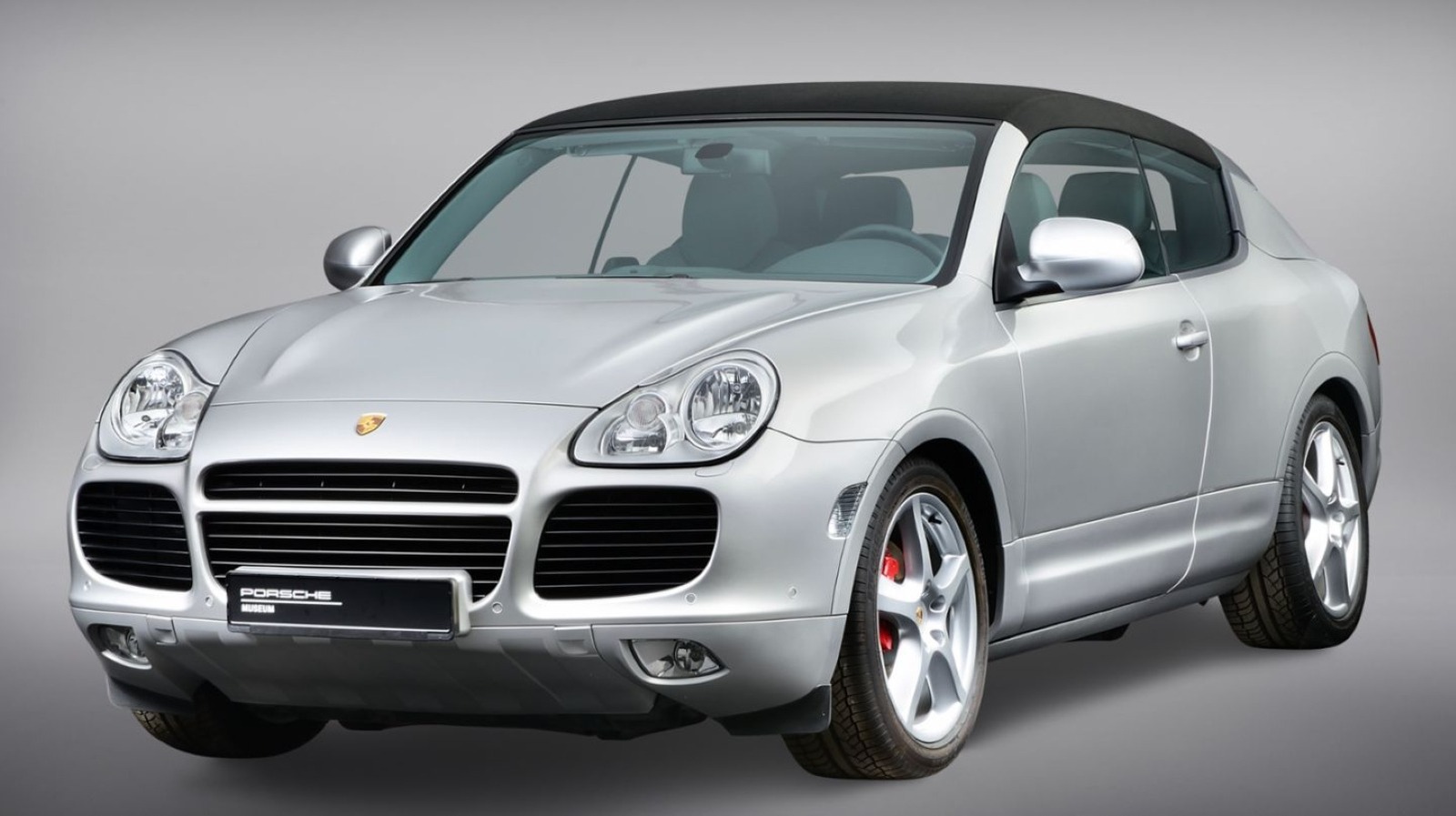
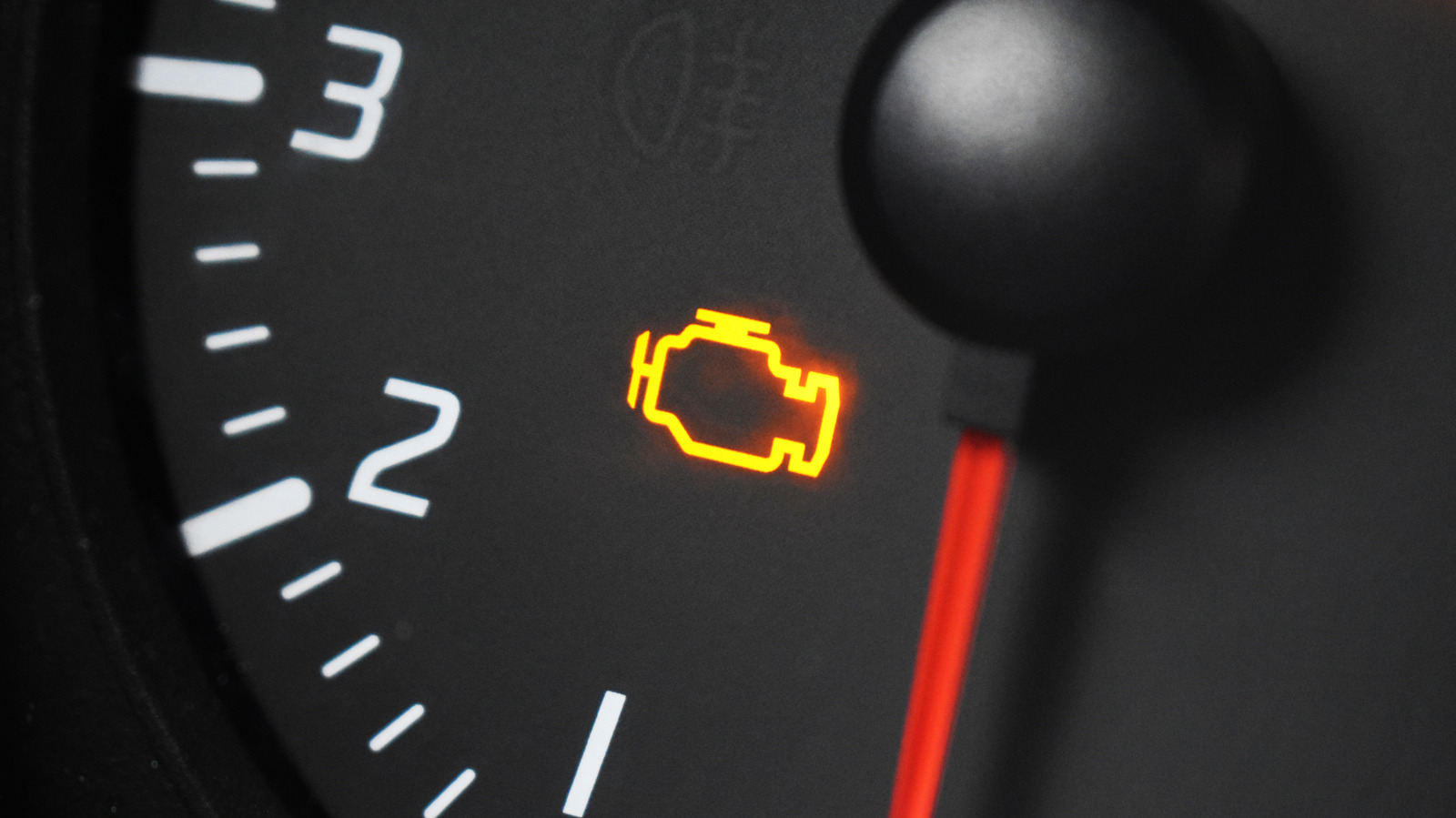
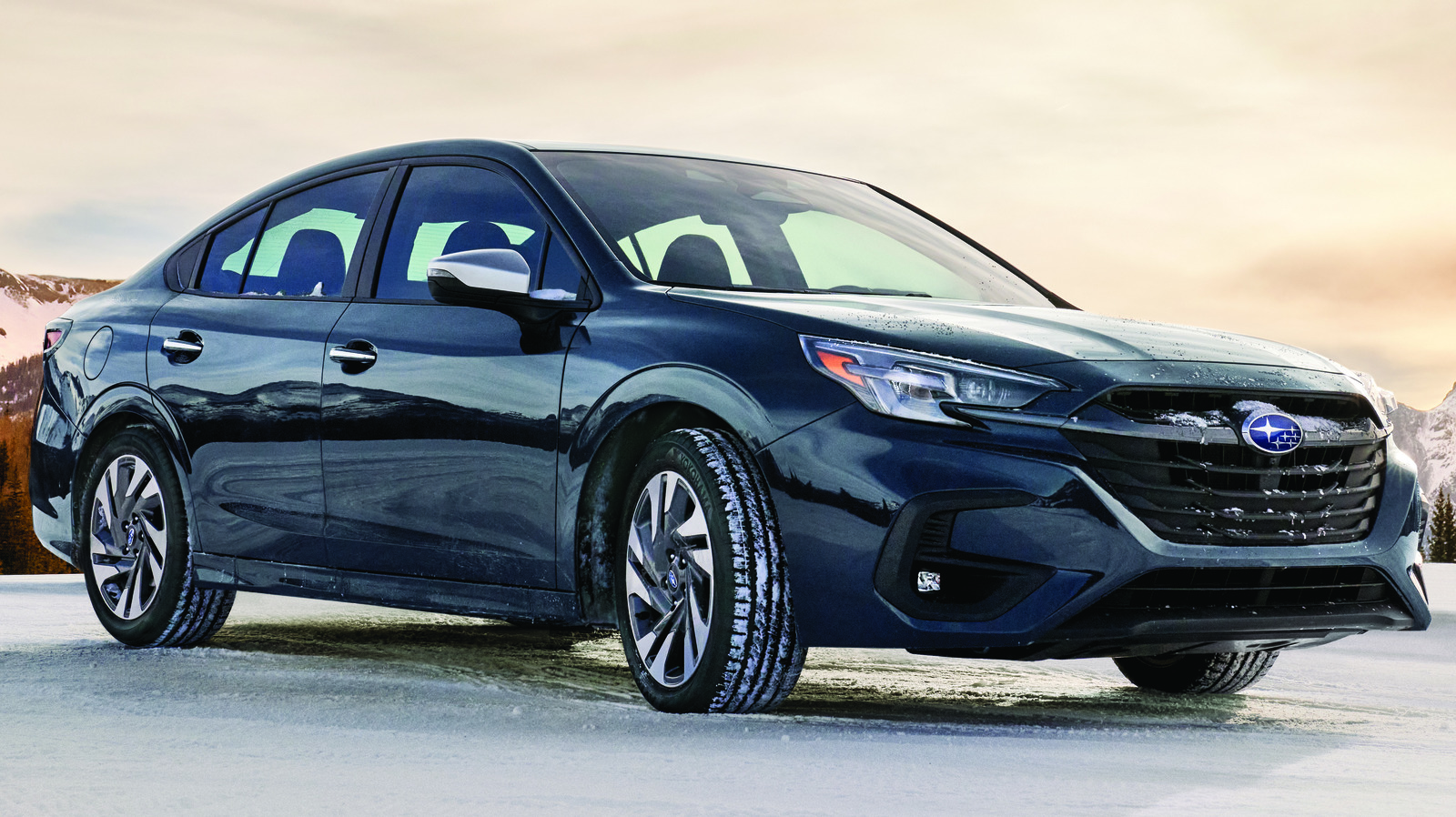





































_Inge_Johnsson-Alamy.jpg?width=1280&auto=webp&quality=80&disable=upscale#)



























































































































![[The AI Show Episode 145]: OpenAI Releases o3 and o4-mini, AI Is Causing “Quiet Layoffs,” Executive Order on Youth AI Education & GPT-4o’s Controversial Update](https://www.marketingaiinstitute.com/hubfs/ep%20145%20cover.png)









































































































































![Re-designing a Git/development workflow with best practices [closed]](https://i.postimg.cc/tRvBYcrt/branching-example.jpg)



















